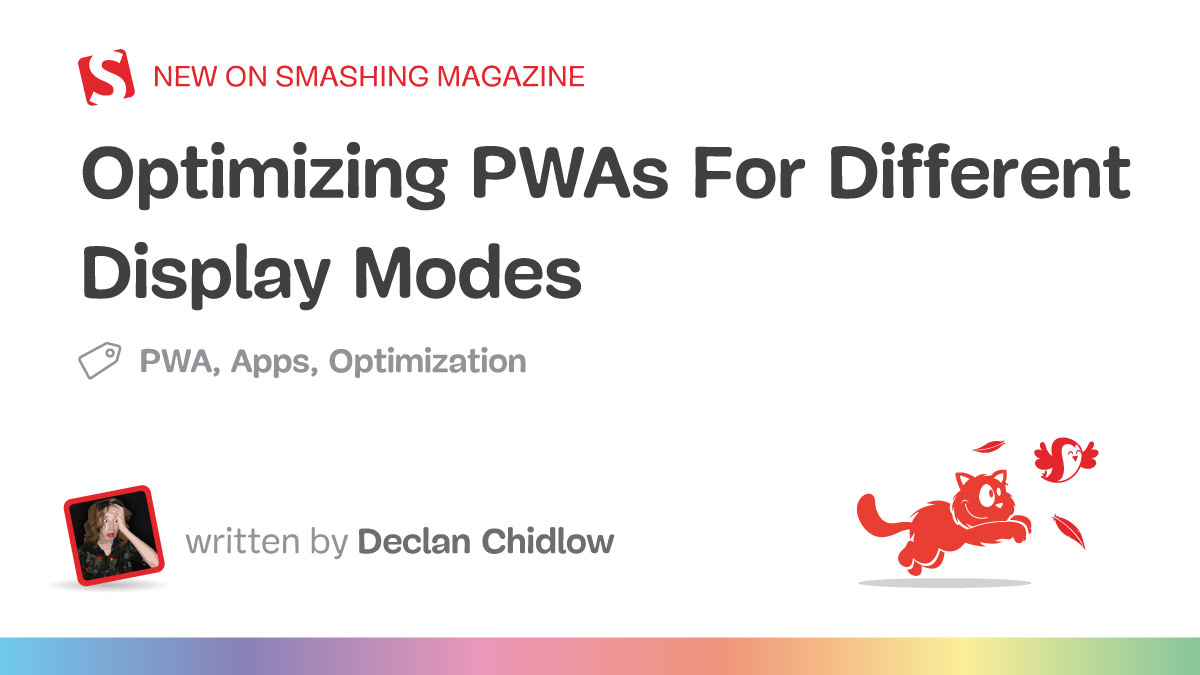
"We define our PWAs with a manifest file. In our PWA's manifest, we can select from a collection of display modes, each offering different levels of browser interface visibility: fullscreen: Hides all browser UI, using the entire display. standalone: Looks like a native app, hiding browser controls but keeping system UI. minimal-ui: Shows minimal browser UI elements. browser: Standard web browser experience with full browser interface."
"Oftentimes, we want our PWAs to feel like apps rather than a website in a browser, so we set the display manifest member to one of the options that hides the browser's interface, such as fullscreen or standalone. This is fantastic for helping make our applications feel more at home, but it can introduce some issues we wouldn't usually consider when building for the web."
"It's easy to forget just how much functionality the browser provides to us. Things like forward/back buttons, the ability to refresh a page, search within pages, or even manipulate, share, or copy a page's URL are all browser-provided features that users can lose access to when the browser's UI is hidden. There is also the case of things that we display on websites that don't necessarily translate to app experiences."
Progressive Web Apps can run in several display modes defined in the web manifest: fullscreen, standalone, minimal-ui, and browser. Choosing modes that hide browser chrome helps PWAs feel native but removes browser-provided features such as navigation buttons, page refresh, find-in-page, and URL manipulation or sharing. Losing these features can create usability problems for deep interactions like multi-step forms or sharing content. Developers must detect the active display mode and provide in-app equivalents for essential browser functionality to maintain usability and user expectations.
Read at Smashing Magazine
Unable to calculate read time
Collection
[
|
...
]